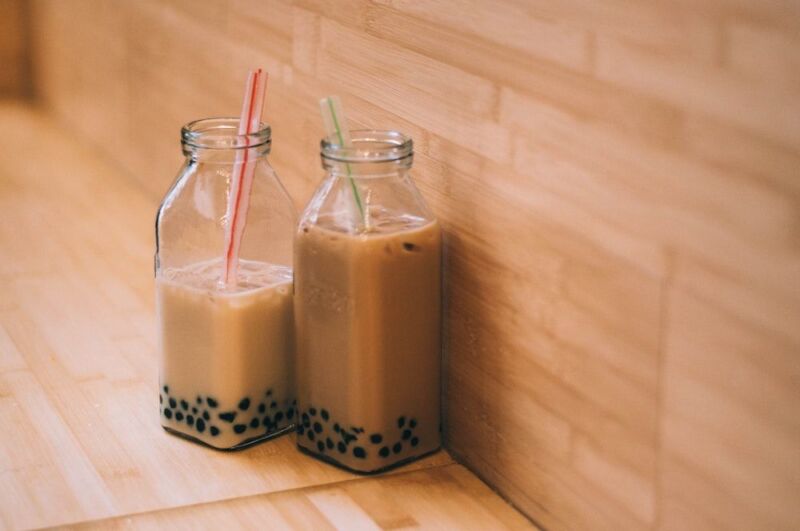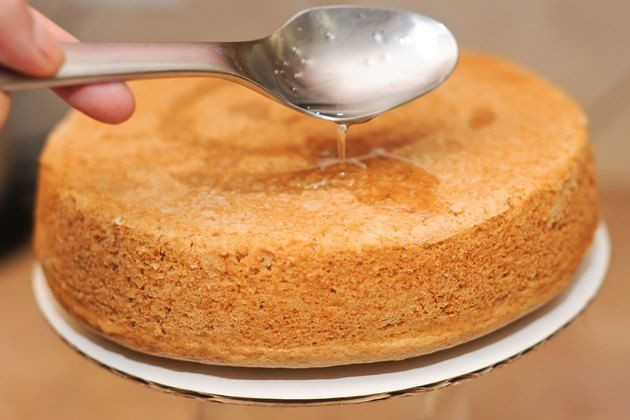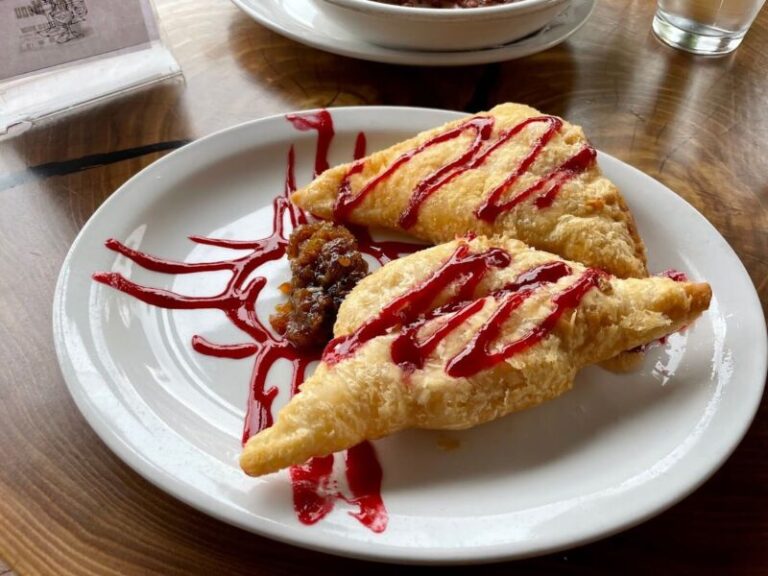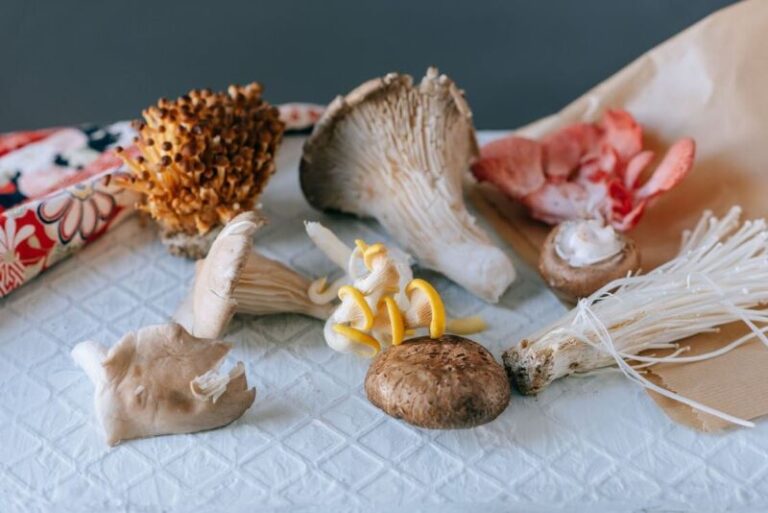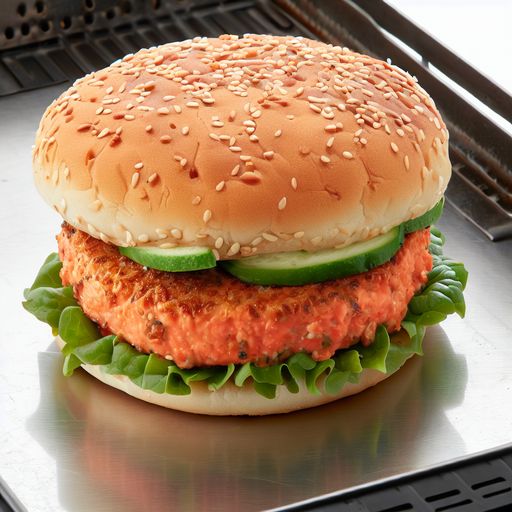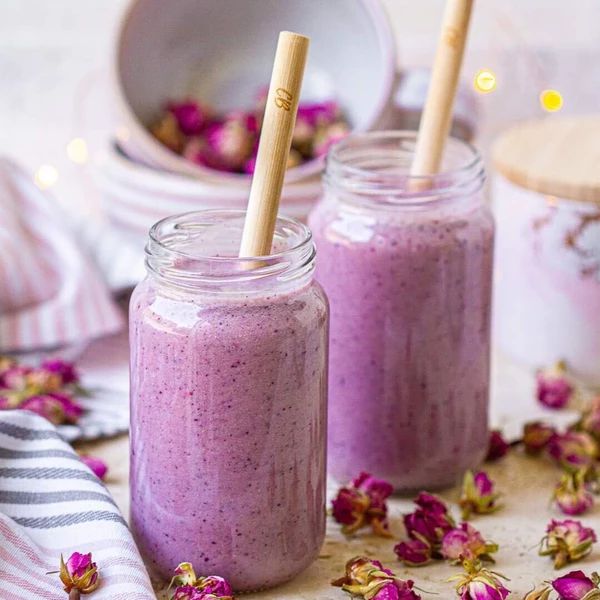How To Properly Store Boba/Tapioca Pearls for Freshness
Boba, also known as bubble or pearl tea, has become a beloved drink for tea aficionados around the world. The chewy, sweet tapioca pearls are what give bubble tea its distinctive texture and enjoyable mouthfeel. However, properly storing both uncooked and cooked boba is important for retaining freshness and the right texture. This article will provide helpful guidance on how to store tapioca pearls or boba before and after preparation.
An Introduction to Boba and Its Role in Bubble Tea
Boba, also known as tapioca pearls, are small balls made from tapioca starch that have a chewy, gummy texture when prepared perfectly. These starchy spheres are what give the popular bubble tea its distinctive name, as they resemble bubbles that float throughout the fruity tea.
The tapioca pearls are valued for the enjoyable chewy texture and fun mouthfeel they impart on bubble tea drinks. Their ability to soak up the flavorful syrups and teas is part of what makes boba such a tantalizing addition to the beverage.
When stored improperly, the delicate tapioca pearls can harden and lose their signature texture. That’s why properly storing both dry and prepared boba is so important for retaining freshness and the correct mouthfeel that bubble tea lovers crave.
Storing Uncooked Boba Pearls for Later Use
For the best results, follow these guidelines when storing dry, uncooked tapioca pearls:
Maintain Original Packaging or Use Airtight Containers
To prevent air and moisture from degrading the quality and texture of the dry boba, it’s best to store them in the original packaging or transfer to an airtight glass jar or plastic container. This helps retain freshness and prevents the pearls from hardening over time.
Store in a Cool, Dry, Dark Place
The ideal conditions for storing dry, uncooked boba are in a place that’s cool, dry, and dark. Avoid storage in direct sunlight or heat, as warmer conditions can negatively impact texture. Ideal storage spots are pantry shelves or cupboards away from the stove, dishwashers, and other appliances that emit heat and moisture.
Avoid Damp, Humid Storage Locations
Prevent exposing the tapioca pearls to moisture and humidity at all costs. Damp conditions can quickly cause dry boba to lose its freshness and absorb unwanted moisture that ruins the texture.
Inspect Frequently for Signs of Spoilage
It’s smart to periodically check dry boba pearls for any warning signs of spoilage like foul odors, sliminess, or color changes. Discard any boba that shows signs of going bad. Proper storage will help extend shelf life.
Freeze for Extended Freshness
For long term storage of 6 months or longer, freezing extra tapioca pearls is recommended. Place dry boba in an airtight plastic freezer bag or container, squeezing out excess air. Frozen boba can last up to 1 year while maintaining texture integrity.
Storing Cooked Tapioca Pearls
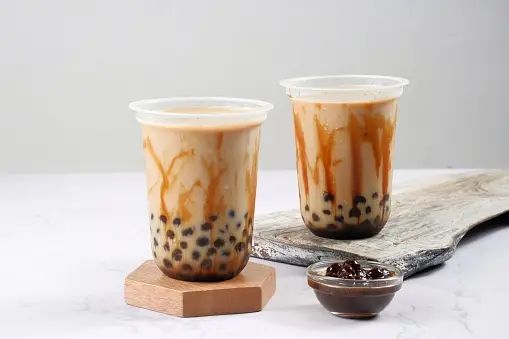
Follow these guidelines when storing previously prepared and cooked boba pearls:
Allow Boba to Completely Cool Before Storage
After boiling boba pearls, it’s crucial to let them fully cool to room temperature before storage. This prevents condensation and moisture from impacting texture. Spreading them out on a sheet pan helps speed up cooling.
Store Boba Separate from Syrups or Sweeteners
To maintain the perfect chewy texture, always store cooked boba separate from any syrups or sweeteners. The sugars can cause the boba to become sticky and overly soft.
Use Airtight Containers for Refrigeration
For optimal overnight storage, place cooled boba pearls in airtight glass or plastic containers before refrigerating. Ideal options are mason jars or tight-seal plastic containers.
Refrigerate Promptly After Use
It’s important to refrigerate unused portions of cooked tapioca pearls as soon as possible after preparation, and within 2 hours max. The refrigerator will help keep boba fresh and delay spoilage.
Reheat Gently Before Serving
When ready to serve chilled boba again, gently reheat in a pot with a splash of water or in short bursts in the microwave. Avoid overheating, which can toughen texture. Only add sugar syrups after reheating.
Proper refrigeration is key for enjoying boba again while avoiding food safety risks and spoilage. Cooked boba pearls should be consumed within 5 days for best quality.
Do Tapioca Pearls Expire?
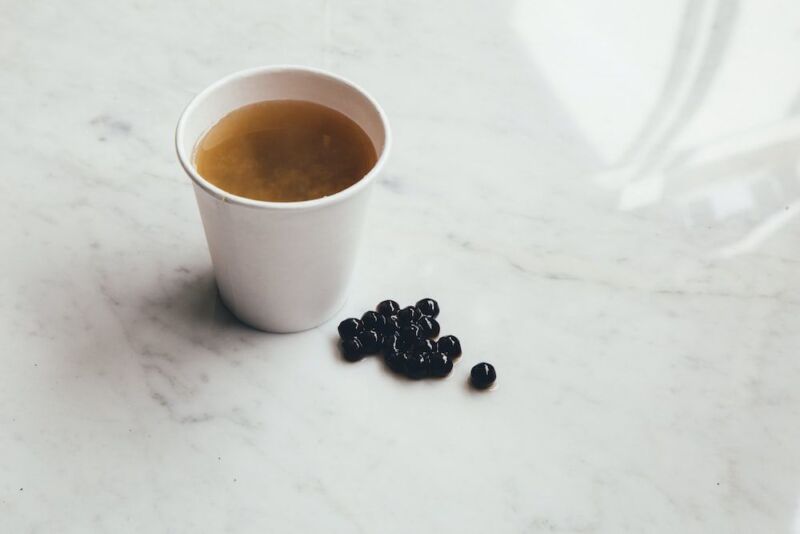
Given proper dry, cool storage conditions, uncooked boba pearls can last up to 1 year before expiring. However, cooked boba has a much shorter shelf life. Here’s what you need to know about boba freshness and expiration:
Shelf Life Varies by State and Preparation
The shelf life and expiration time depends on whether the boba is raw or cooked. Storage conditions also majorly impact how long tapioca pearls last.
Uncooked Boba Lasts Months in Dry Storage
Kept dry in a cool, dark pantry or cupboard, uncooked boba pearls can last up to one year before going bad. Freezing extends shelf life even longer.
Cooked Boba Lasts Days to Weeks
Once boiled, cooked boba pearls have a fridge shelf life of 3 to 5 days. For longer viability, cooked boba can be frozen for several months.
Check Expiration Dates on Packages
When buying pre-packaged boba, always check any expiration or best-by dates. These indicate when boba is no longer optimally fresh.
Watch for Spoilage Signs
Discard boba immediately if you notice off odors, stickiness, discoloration, hardening, or other warning signs of spoilage. Do not take risks consuming expired boba.
Being aware and avoiding expired, spoiled boba is crucial for avoiding potential foodborne illness. When in doubt, remember it’s better to be safe than sorry and toss pearls past their prime.
In Conclusion
To recap, here are the key tips for maximizing boba shelf life and freshness:
- Store uncooked boba in a cool, dry place in airtight containers
- Prevent moisture contact and humidity exposure
- Separate cooked boba from sweeteners and syrups before refrigerating
- Refrigerate cooked boba in sealed containers within 2 hours of cooking
- Freeze excess boba for extended freshness retention
- Check for signs of spoilage regularly
- Do not consume boba past expiration or showing warning signs
Being mindful of storage conditions, refrigeration, and expiration dates enables enjoying boba’s delicious chewy texture again and again. Consider bookmarking this handy how-to guide for storing boba pearls like a pro.
With the helpful boba storage tips provided above, you’ll be ready to whip up homemade tapioca pearls or reconstitute store-bought boba for smooth, delicious bubble tea any time. Give the homemade boba recipe a try and experiment with unique flavor combinations. Proper storage is the key to enjoying fresh boba again and again!
